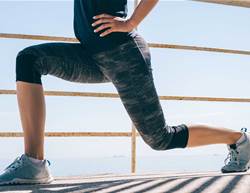My 13-year-old, Jordan, had been looking forward to his first backpacking trip, the start of training for an outing in the mountains. He was ready to hike 20 kms in a day, but he hadn't counted on the effect of the hot sun combined with dehydration from sweating. Instead of enjoying a pack-stove dinner with his pals, Jordan ended his hike overheated and too dizzy and nauseated to leave his tent.
Though disappointed, Jordan was lucky. Resting out of the sun, drinking water and juice, and getting a rubdown with cold towels brought his body temperature under control. The consequences could have been more serious: Hyperthermia, an abnormally high body temperature, can cause painful muscle cramps and may quickly progress from the nausea, fatigue and headache of heat exhaustion to the disorientation and loss of consciousness that marks heatstroke.
Kids, especially those under 4, are susceptible to high temps for two reasons: They don't dissipate heat through sweating as efficiently as adults do, and they don't always drink enough to replace the fluid they lose in sweat. Children caught up in a game are likely to ignore their thirst—and, unfortunately, supervising adults may fail to remind them: One survey showed that 3 out of 4 parents don't know the steps they should take to keep their kids adequately hydrated.
Like sunburn and bug bites, hyperthermia is a bane of summer that can be prevented, says Dr Jordan Metzl. Use these tips to keep your kid healthy and in play.
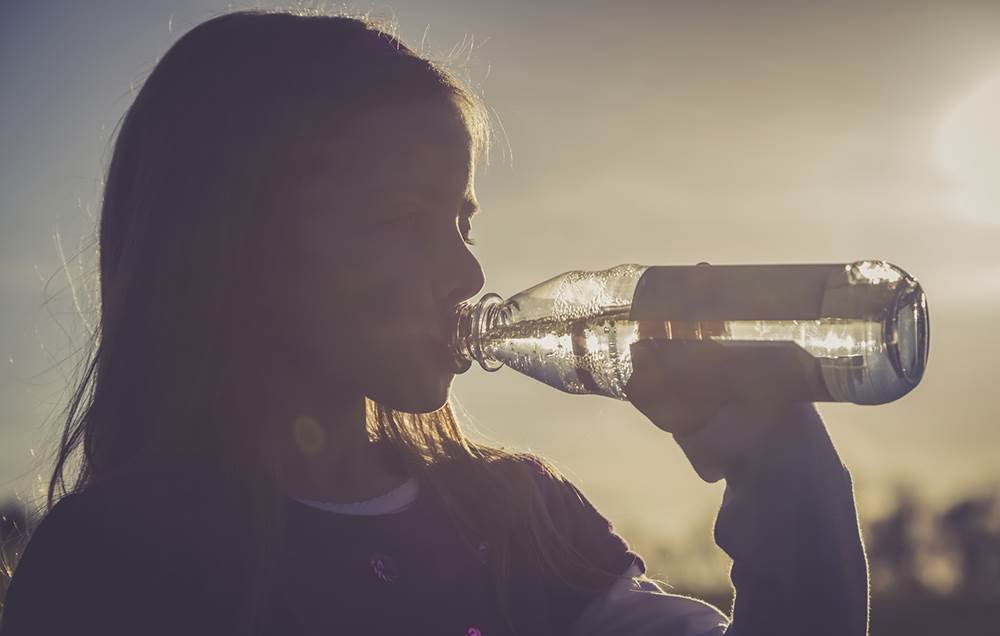
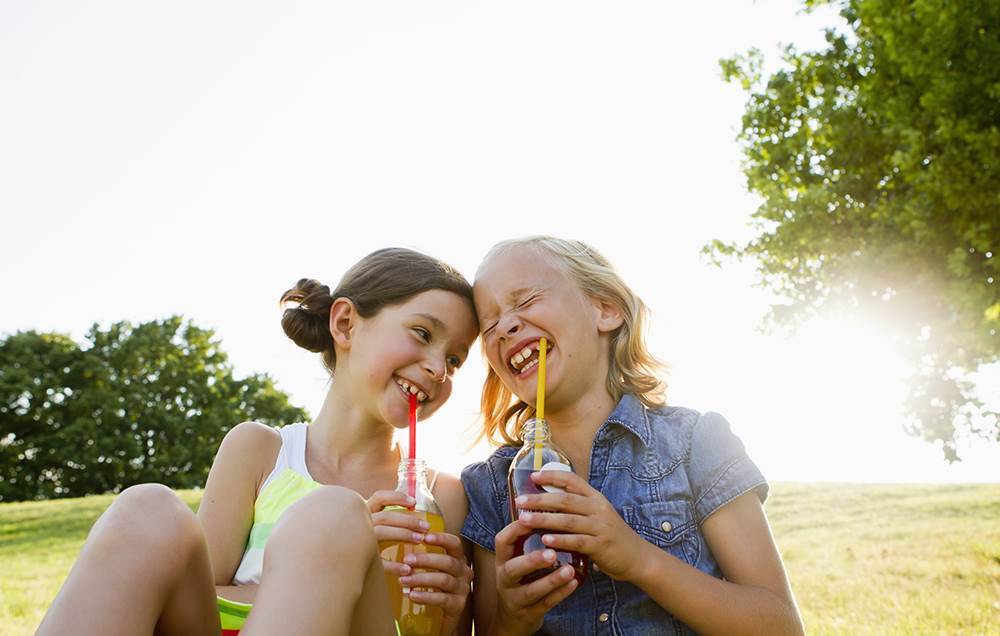
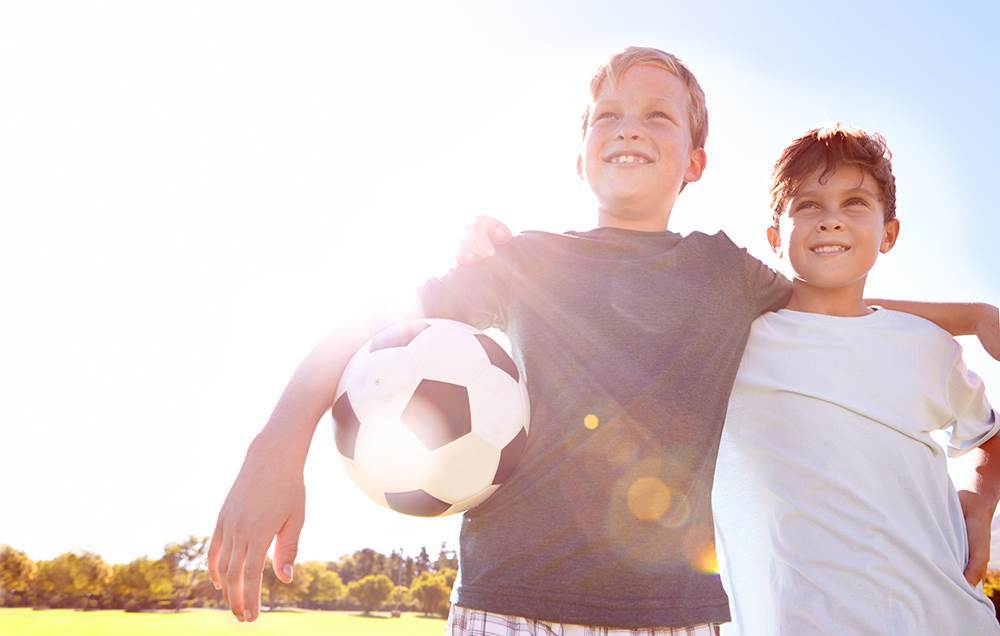
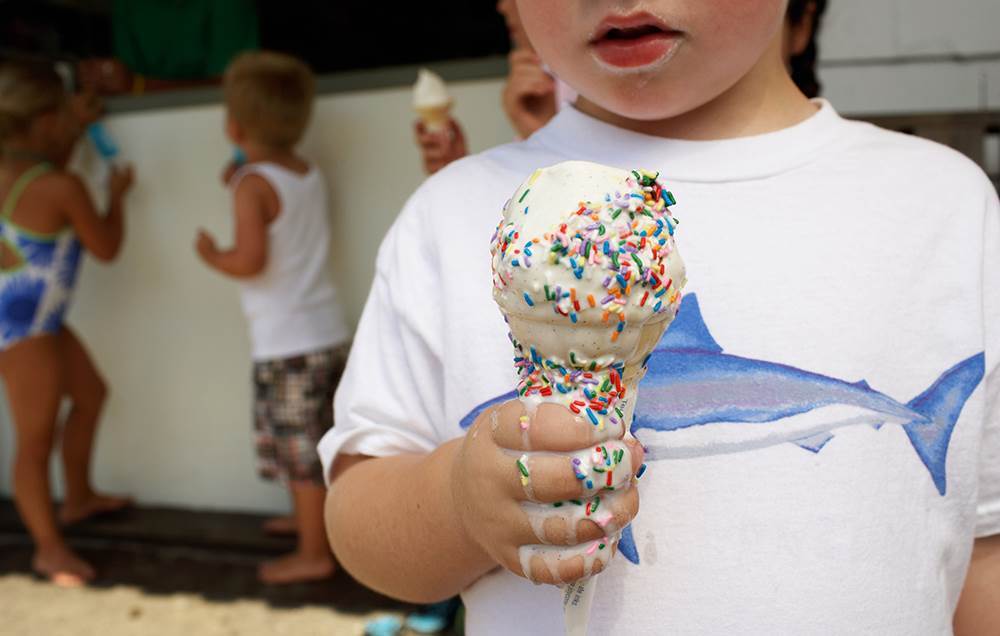

Photograph by Westend61/Getty Images
Pour plenty
A recent study revealed that two-thirds of kids at sports camps were dehydrated before exercising. Have your child drink a glass of water before he goes out to play or practise, and make sure he stops periodically to drink, even if he says he isn't thirsty. Although there are few specific guidelines, she suggests that school-age kids drink about 500ml a few hours before exercise and about 150ml 10 to 20 minutes before playing outside. No measuring cup handy? Two kid-size gulps equal about 30ml.
Photograph by Emely/Getty Images
Pick the right beverage
Sports drinks tend to be high in sugar, but they may have an edge over plain water if they get youngsters to drink more, says Dr Gregory L. Landry. Another option is to add a splash or two of fruit juice to a glass of water—the flavour encourages children to drink up. Avoid caffeinated drinks, such as iced tea or soft drinks; they have a diuretic effect, causing further fluid loss.
Photograph by PeopleImages/Getty Images
Ease him into exercise
Heat's hardest on a child who's not used to it, says Landry. "Kids need 10 to 14 days for their bodies to adjust to warm weather and as long as 6 weeks if they're out of shape or overweight." Get your child outside to kick a soccer ball or ride a bike for up to 45 minutes a day at least 2 weeks before camp, vacation or sports practise starts.
Photograph by Christopher Robbins/Getty Images
Dress her lightly
Clothing should be loose fitting, light coloured and limited to a single layer. Look for high-tech fabrics designed to draw sweat away from the skin and allow it to evaporate.
Photograph by Clover No.7 Photography/Getty Images
Watch the weather
Try to limit your child's most intense activity to before noon and after 4 pm, especially on humid days. Hot, heavy air makes it harder to sweat, says Metzl.


.jpg&h=90&w=90&c=1&s=1)





